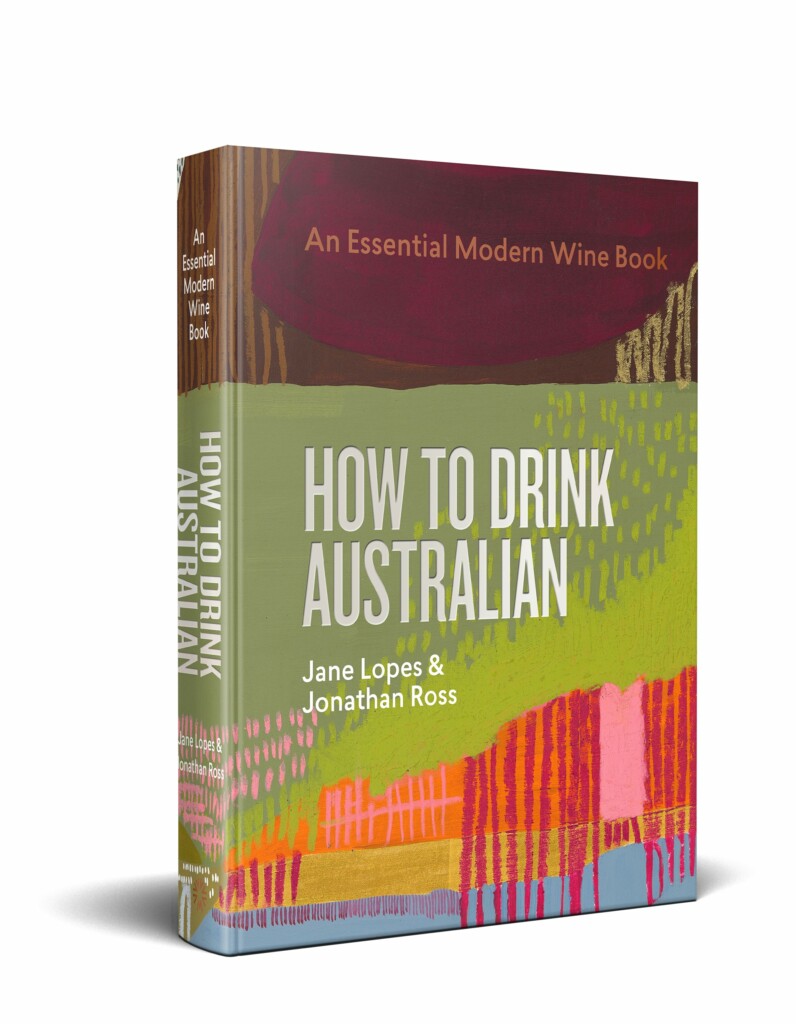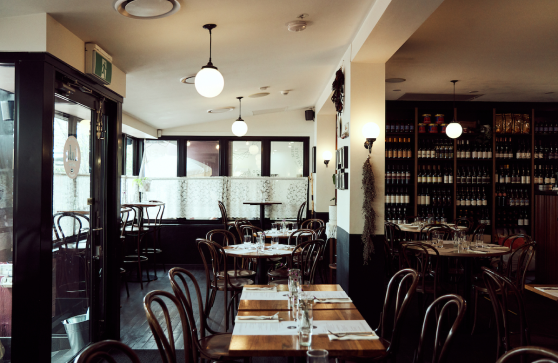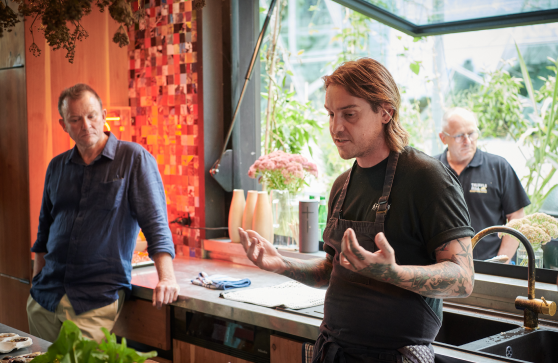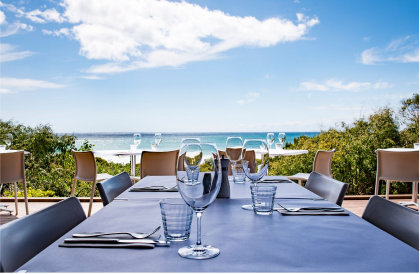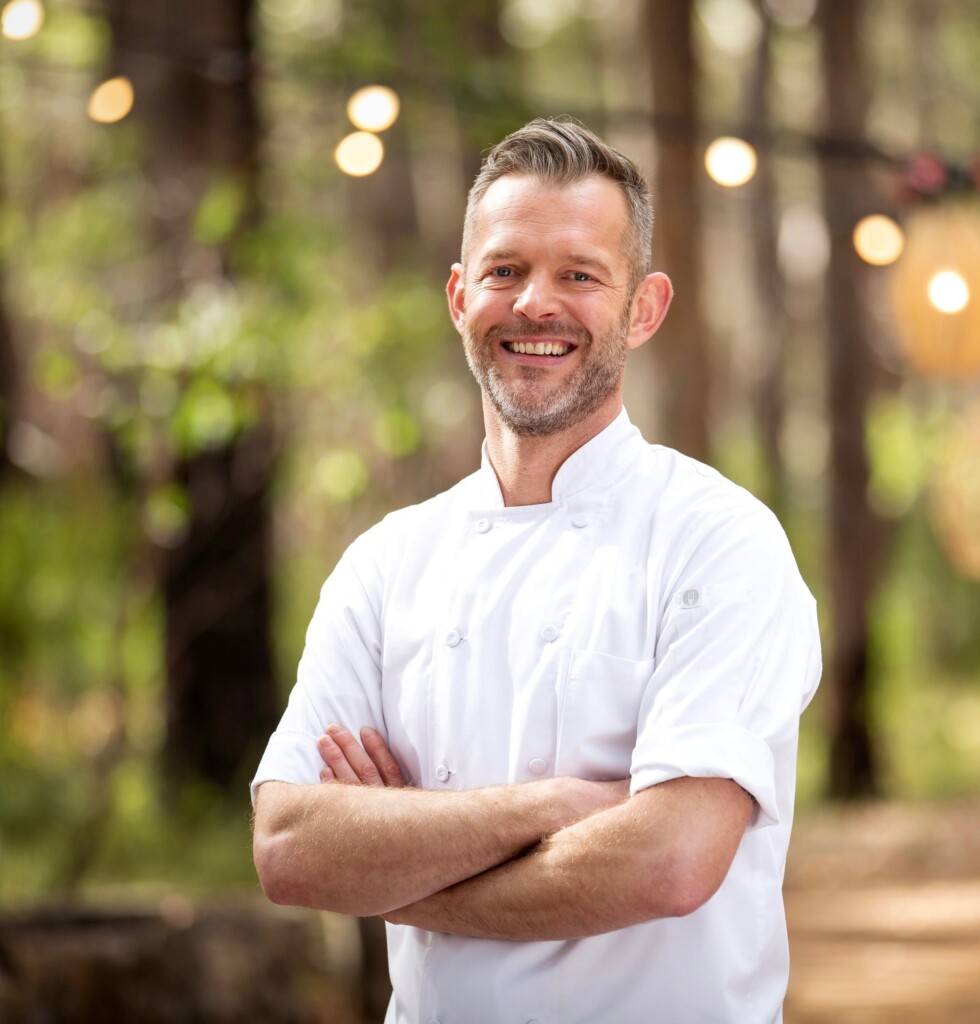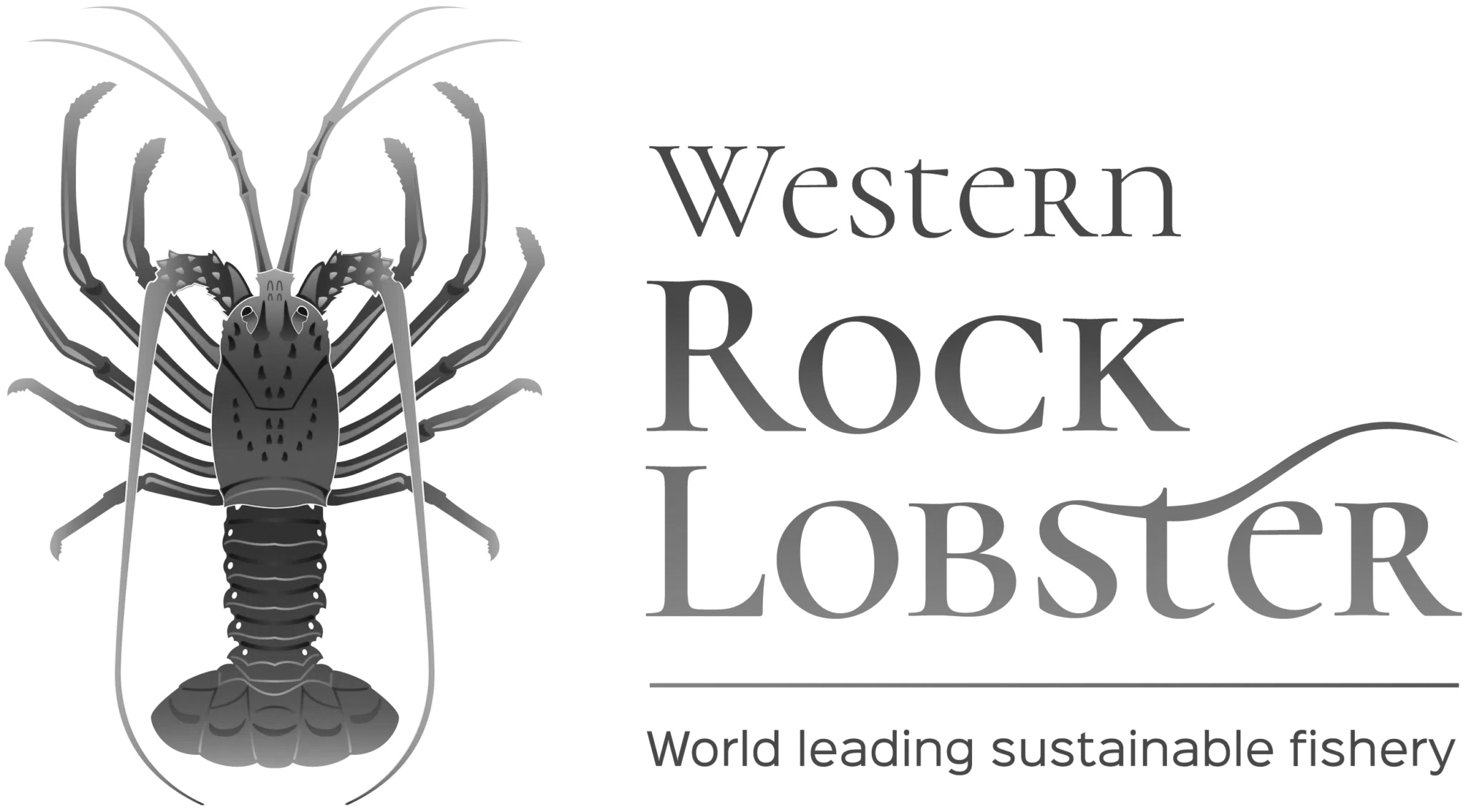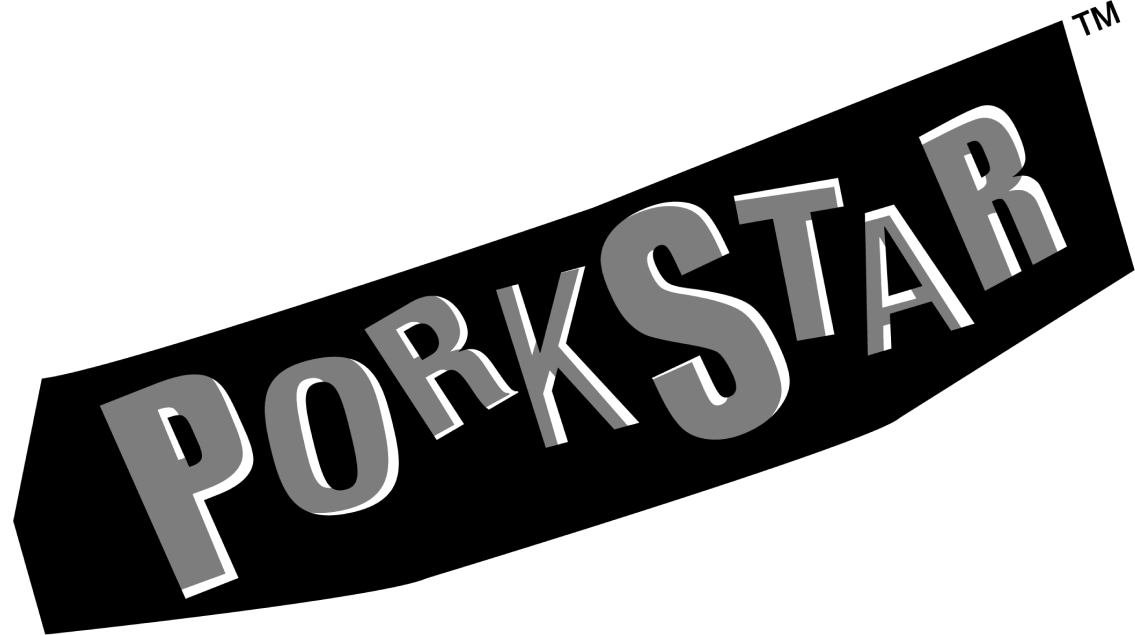Swan Valley is enjoying a renaissance beyond the sound bites of its accessibility to Perth and its hot climate. Jane Lopes, wine importer, former Attica sommelier and co-author of the new essential modern wine book, How to Drink Australian, profiles the region, spotlighting discoveries for first-timers and veterans alike.
When discussing exciting Western Australian wine regions to visit, one region always tops the list: Margaret River. And while the wines, the natural beauty, and the tourism amenities of Margs are top-notch, there are other regions bringing the goods in WA. And one of them is right in Perth’s backyard… that’s right, Swan Valley.
The story of Western Australia’s wine industry began in the Swan Valley, a region nestled in the eastern plains of the city of Perth. Swan Valley is a subregion GI of the Swan District region, which runs from Perth’s south-east for 130 kilometres north to the Moore River National Park. Vineyards were first established in 1830 along the Swan River, just north of today’s Perth Airport, at Olive Farm by Thomas Waters, an English botanist. For over 130 years, the Swan Valley was Western Australia’s principal source of grapes.
The Swan Valley is largely defined by the Swan River, and its tributary the Avon River, both pathways for watershed descending from the Darling Scarp. Soils are alluvial mixes of sand and gravels, and drainage varies greatly. The best soils for the production of grapes sit along either side of the river, in the western corridor of the valley, hence the concentration of vines here. The other area highly regarded, according to fourth-generation WA winemaker Rob Mann, is the “weathered, deep sandy gravel deposits immediately below the Darling Range on the eastern boundary of the Swan Valley”.
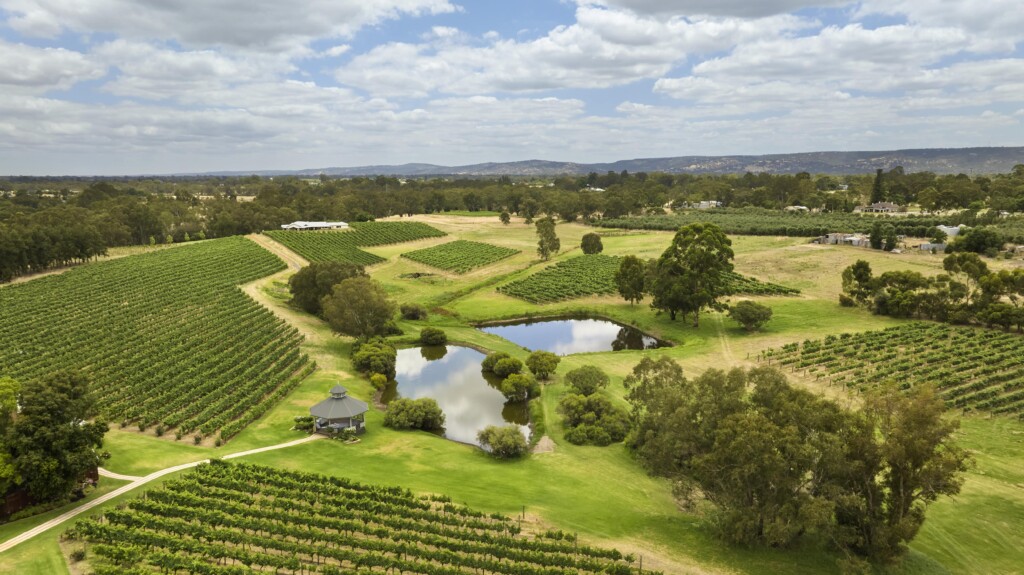
Fortified wines, like in many early wine-producing areas, were dominant in the Swan Valley. Verdelho was the key grape, still abundantly planted today. Chenin blanc, chardonnay, riesling, sémillon and muscadelle – all present today, contributing to various sparkling, still and fortified wines – were once blended to create one of Australia’s most celebrated early table wines: Houghton’s White Burgundy, first produced by second-generation winemaker Jack Mann in the late 1930s.
Flash forward to today, Rob Mann – Jack Mann’s grandson and a winemaker himself – and his wife Genevieve have worked in wineries all over the world, but still report favourably on the Swan Valley in this global context: “The wines that were produced from the Swan Valley are some of the most exciting ones I reckon I’ve made in my life. I’m so super-excited by them,” Rob says. With the correct heat-mitigation techniques in place (shade cloths, row orientation and canopy management), the Manns believe that the only thing holding the Swan Valley back from being recognised as a premium wine region is exposure.
Indeed, Swan Valley is enjoying a renaissance beyond the sound bites of its accessibility to Perth and its hot climate. As Australia’s modern generation of winemakers and growers seek to reinterpret the nation’s wealth of old vines, the Swan Valley has become WA’s centre of this energy. Lithe, zippy, sea-breeze scented verdelho, vermentino and chenin blanc lead the pack for white grapes, along with increasingly vibrant interpretations of old-vine grenache, tempranillo, negramoll and tinta cão.
If you’re planning a visit to Swan Valley, a good time to go is for Entwined in the Valley, an annual festival where Swan Valley wineries and other purveyors showcase the output of their region. The full itinerary hasn’t been released yet, but will include masterclasses, tastings, dinners, live music, open vineyards, and lots of opportunities to meet the makers; a good one-stop shop to get introduced to all things Swan. Make sure to check out Corymbia and Vino Volta, two favourites in my household, who will be opening their doors that weekend. (A special thanks to both for contributing to this article.)
If you’re planning to go another time, there are plenty of cellar doors, restaurants, and other attractions that are open year-round. Here are a few wineries that are worth a visit. They present a complete picture of the modern Swan Valley: a region that is harnessing its historic plantings and new investment to be one of the most rapidly developing and exciting wine regions in Australia.
Sandalford
Sandalford’s story spans all the way back to 1840, when John Septimus Roe was awarded land by Queen Victoria. Table grapes were first harvested in 1842 from their extensive vineyards, but experiments eventually led John and his family to planting wine grapes. During the 60s and 70s, Dorham Mann, the son of WA wine industry pioneer Jack Mann, led the winemaking team, and encouraged the family to expand their estate into the Margaret River. The winery today features wines from both Swan Valley and Margaret River, and a stellar cellar door and restaurant that offers several different tasting experiences.
3210 W Swan Rd, Caversham; sandalford.com
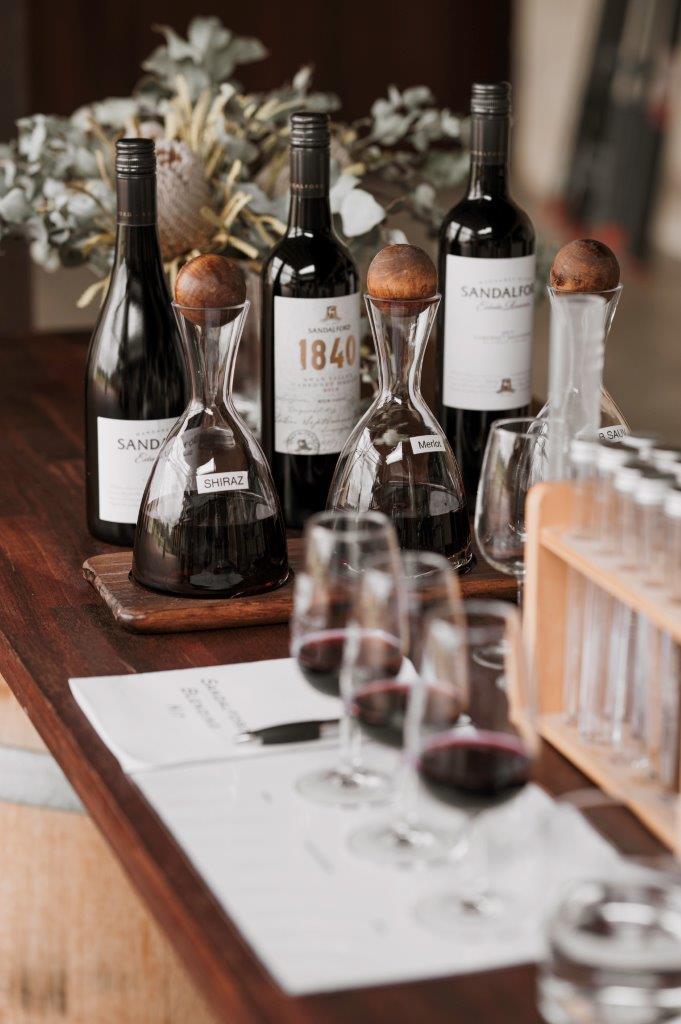
Sittella
Beginning with verdelho, shiraz and chardonnay, Simon and Maaike Berns began planting Sittella on their weekends in 1993. Before the turn of the century, their hobby vineyard had become a thriving business with a winery, tasting room, cellar door and restaurant. Their vineyards have been expanded to include varieties, such as tempranillo and petit verdot, to suit hot, dry summers in the Swan Valley. Grab a seat on the verandah at their restaurant and dine among the vines.
100 Barrett St, Herne Hill; sittella.com.au
Nikola Estate
Nikola Estate is the modern incarnation of the historic Houghton’s, purchased in 2019 by the Yukich family. Nikola makes affordable and classic Swan Valley bottlings, with a focus on the white grapes chenin blanc, chardonnay, verdelho, and sémillon. They are investing heavily in the region and in their property, with a brand-new restaurant called Woodcutter’s on site. Worth a visit alone to see the site that gave birth to the famous ‘Houghton’s White Burgundy’, but with added modern amenities to make the visit all the more comfortable and delicious.
148 Dale Rd, Middle Swan; nikolaestatewines.com.au
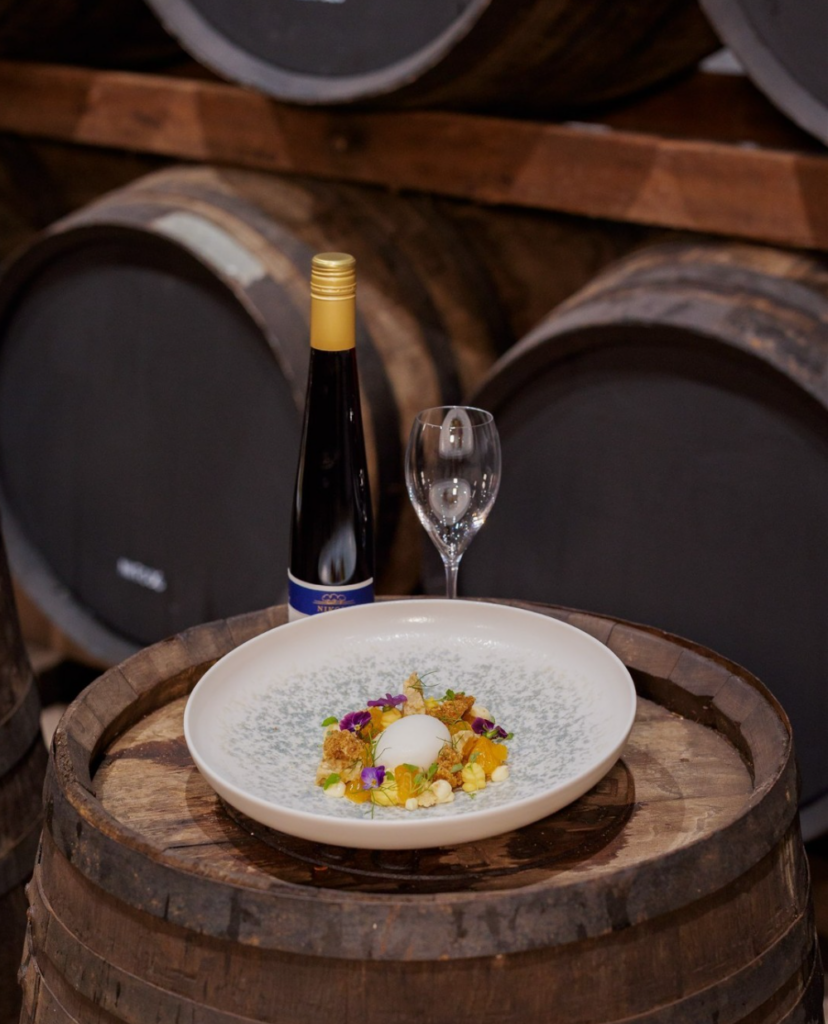
Swan Valley Garagistas
Though few offer extensive tourism offerings, a trip to the region would not be complete without tasting the wines of the Swan Valley Garagistas, a collective that bills itself as ‘minimal intervention winemakers and artisans’ of the Swan Valley. This group, a testament to the new energy and revitalisation in the region, includes six wineries: Chalari, Chouette, Local Weirdos, Ohkela, Swan Valley Wines and Yume. Their mission statement includes nurturing a sense of place, caring for the land, respecting Indigenous customs and traditions, encouraging creativity, and constantly learning, evolving and collaborating. The wines produced from the set include a wide range of unique styles, including a co-ferment of chenin blanc and tempranillo, passed over grenache skins; a low-ABV ‘sticky’ pedro ximénez; and qvevri-aged grenache paired next to skinsy sémillon. Both Swan Valley Wines and Chouette offer sporadic cellar door visits – get in touch when planning your visit.
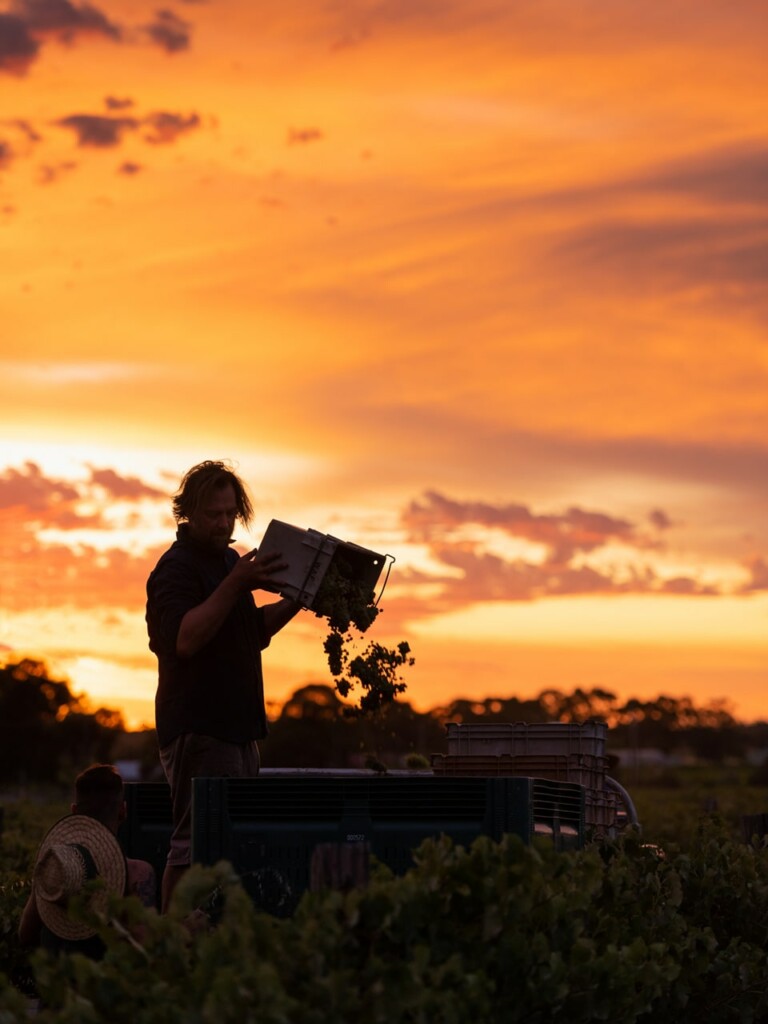
Photo credit: Keven Osborne/foxfotos_
Other places of note:
The Naked Fox is a coffee shop and wine bar supporting local producers; Old Young’s Distillery and Kitchen is a great stop for local spirits and wines, with an exciting menu to match; Copper and Oak Bottle Shop, on the site of the historic Chateau Guildford, carries a great Swan Valley wine range – a perfect spot to pick up a mixed-pack of the most memorable wines from your trip.
Jane Lopes is a sommelier, importer, and author who spent three years living in Australia and working as the head sommelier at Melbourne’s Attica. She and her husband Jonathan Ross now import Australian wine to the United States under their company Legend, and have written an essential new wine book on Australia called How to Drink Australian (Murdoch Books; RRP $79.99), which is available now.
